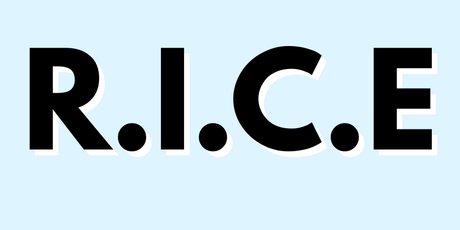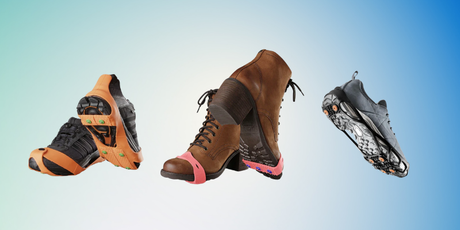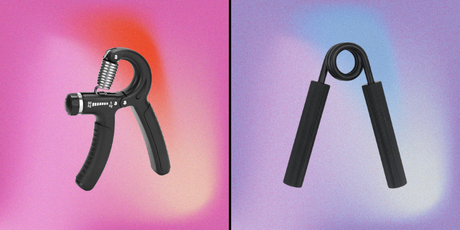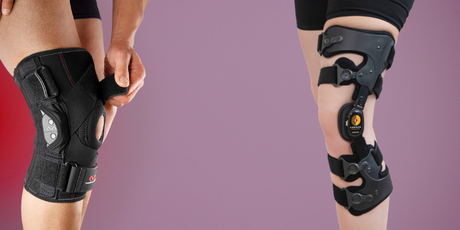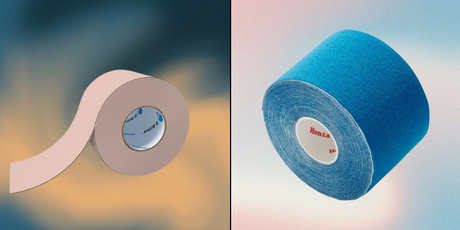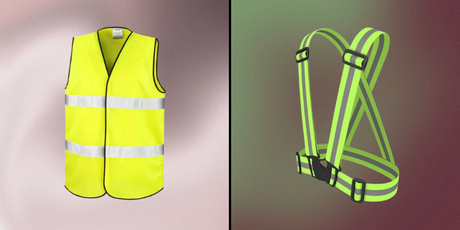Pain in the groin is a common complaint, especially in people who are active in sports or perform repetitive movements with the legs and hip. One of the most common causes is a strain or tear in the groin muscles, often due to a sudden movement, overload or intense exercise. Groin injuries affect both recreational and elite athletes - particularly in sports such as football, hockey and running.
What is a groin injury?
A groin injury occurs when the muscles on the inside of the thigh (the adductors) are strained or stretched too much, leading to pain, stiffness and sometimes swelling. The injury can range from mild overstretching to more serious tears, where muscle fibres break.
Common symptoms:
-
Pain in the groin, especially on movement
- Pain radiating to the inner thigh or hip
- Soreness when pressure is applied to the area
- Stiffness or difficulty moving the leg
- Increased pain with weight bearing, walking or running
The pain can occur suddenly with activity or develop gradually over time as a result of overuse.
Treatment of groin strain
The aim of treatment is to reduce pain, promote healing and restore function to the injured area.
Acute phase - the first 48-72 hours:
-
Rest from strenuous activity
-
Ice for 15-20 minutes at a time, several times daily to reduce swelling and pain
- Avoid stretching or massaging too soon - this can make the injury worse
After the acute phase - rehabilitation and return:
-
Light stretching exercises and strength training adapted to pain threshold
-
Physiotherapist-led rehabilitation is recommended for more extensive injuries
-
Massage and circulatory training can help reduce stiffness
- In some cases, supportive products may be needed to relieve the area
Prevention and return to exercise
To reduce the risk of the injury recurring, it is important to:
-
Warm up thoroughly before exercise
- Practise strength and stability in the hip, trunk, and groin
- Gradually increase the load
- Avoid loading too hard, too soon after injury
Return to sport should be gradual and only when:
- You can move without pain
- Full mobility and strength have returned
- Functional tests, such as lunges and side steps, work painlessly
Groin strains are a common cause of inner thigh pain and often occur during sport or physical activity. Proper treatment - with initial rest, followed by gradual rehabilitation and customised exercises - is essential for the injury to heal properly. With the right support and measures, you can return to training and everyday life without long-term problems.
→ Do you have groin pain? Check out our range of kinesiology and sports tapes that can ease the pain and support your recovery.



